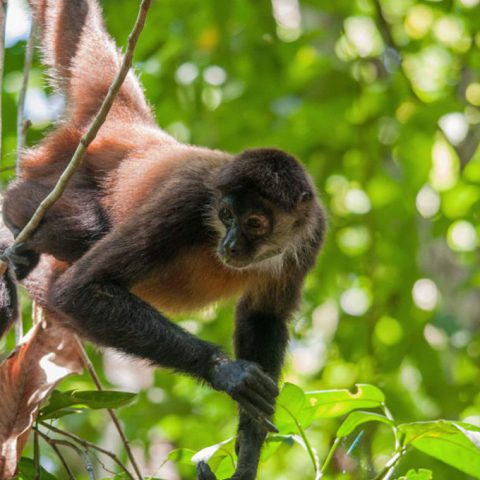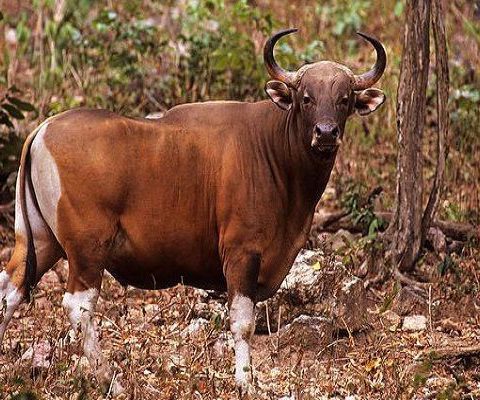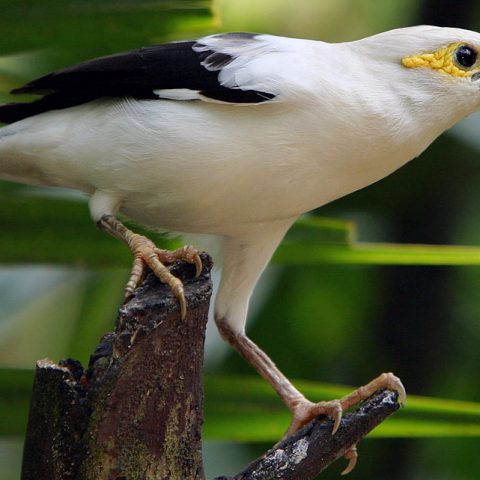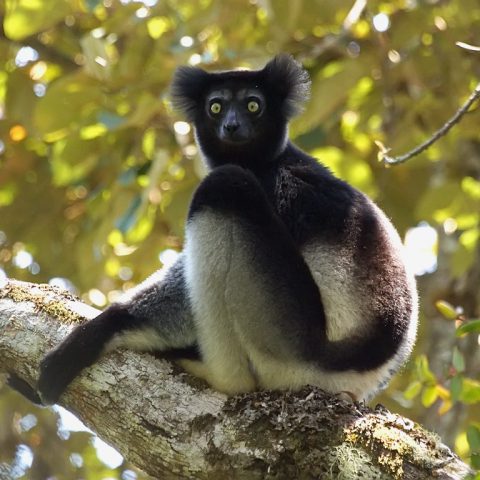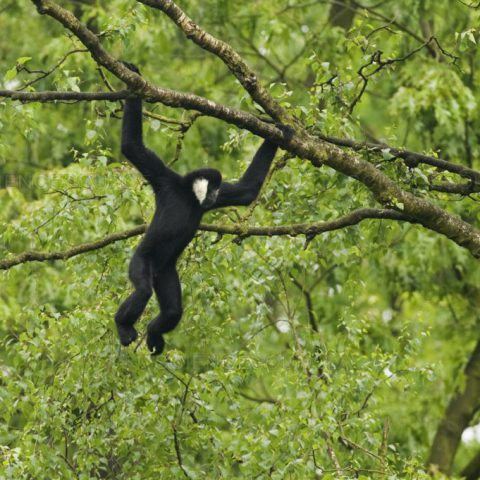Vaquita
![]() Critically Endangered
Critically Endangered
Population
Less than 30 are estimated to be left
Size
1.3 – 1.4 metres long
Weight
Up to 55 kilograms
Countries
Mexico
Distribution
The population of the Vaquita is estimated to be around 30 individuals. It could actually even be lower than that number.
The population has been declining for many years, from an estimated 600 in 1997 and down to below 100 in 2014, the rate of decline has not slowed down and the species could go extinct very soon.
The Vaquita is only found in the northern area of the Gulf of California, in the Sea of Cortez. This species is generally only found in water which is less than 30 metres deep all the way to the shallows.
Description
The Vaquita is the smallest and most endangered cetacean species along with being one of the most endangered species on the planet. Sporting a stocky, porpoise shape, the species has distinguishable dark rings which surround their eyes, along with dark patches on their lips and a dark line running from their mouths to their dorsal fins. The back of the species is a dark grey which fades to white on their underside.
The females of the species grow larger than the males, but they are really around the same size with only a few centimetres difference.
A lot of the details of the Vaquita are similar to the common harbour porpoise such as lifespan, pattern growth and reproduction. However the flippers are bigger than other porpoises with a taller fin, while having smaller skulls.


Quick Facts
The Vaquita uses high-pitched sounds to communicate with other animals and to provide echolocation, which allows them to navigate their way through tricky habitats. The Vaquita does spend most of its time alone however.
Vaquitas avoid boats and are very evasive, rising to breathe with a slow, forward motion and then disappearing quickly. This behaviour makes the Vaquita a very difficult animal to observe.
Little is known about the life cycle of the Vaquita, but it is estimated that they live to around 20 years while breeding periods are late in spring/early summer with a gestation period of between 10 to 11 months and this usually is seasonal.
The food that the Vaquita tends is known to consist of 17 different fish species including:
- Small fish – sea trout is a favourite
- Octopuses
- Squid
- Crustaceans
The Vaquita often feeds in the shallows and in lagoons.
The Vaquita is most often found in water depths ranging between 11 to 50 metres and usually around 11 to 25 kilometres from the coast, with most of the time being found over silt and clay bottoms.
The main threat that the Vaquita faces is gillnet fishing, which on average causes an estimated 40 Vaquita deaths per year. It is believed that the only way to save the Vaquita is to have a full ban on gillnet fishing.
Other threats include:
- Small population zone with limited food supply
- Change in climate and water quality
- Reduced breeding rates due to fewer individuals and less contact between the species which will also increase the chance of inbreeding.
Sharks are the only predators of the Vaquita, which could also effect shark populations in the region if the Vaquita goes extinct.
Conservation Efforts
The main conservation efforts for the Vaquita are focusing on the fishing restrictions to help prevent the species being bycatch. This is primarily being attempted through fishing restrictions, especially gillnet use.
Internation Committee for the Recovery of the Vaquita (CIRVA)
CIRVA has worked with the CITES, the ESA, and the Marine Mammal Protection Act to make a plan to nurse the vaquita population back to a point at which they can sustain themselves.
To try to prevent extinction, the Mexican government has created a nature reserve covering the upper part of the Gulf of California and the Colorado River delta. CIRVA recommends that this reserve be extended southwards to cover the full known area of the vaquita’s range and that trawlers be completely banned from the reserve area.



